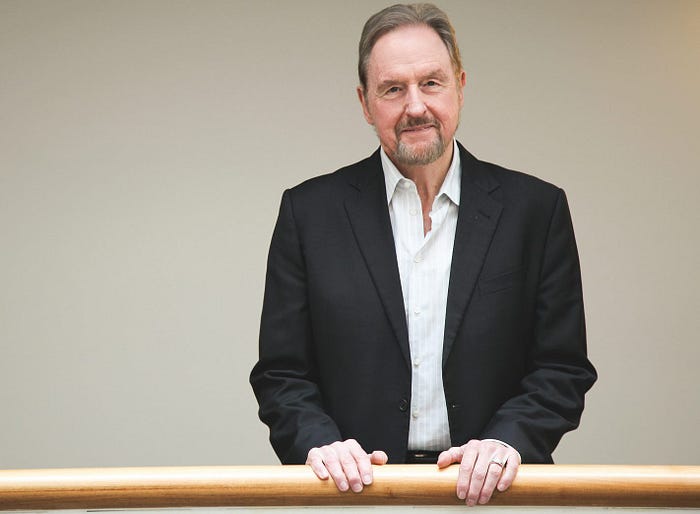Craig Haney On Mental Illness In Penal Confinement

In Madness and Penal Confinement, Craig Haney illustrates how the pains of those suffering from mental illnesses get exacerbated, misunderstood, and sidelined in prisons. He argues that the punitive culture of control, engendered by mass incarceration, compromises the well-being of mentally ill prisoners and impairs their future social and psychological functioning.
Haney begins by claiming that the “complicated” and “contested” nature of mental illness makes its identification, treatment, and monitoring in a prison extremely difficult. Since many signs of mental illnesses are “nonobvious” and interventions rely heavily on social construction, the pains of those suffering get aggravated in the “interpersonally fragmented”, “physically divided”, and “procedurally overcontrolled” world of prison:
“Judgments about the acuity of a prisoner’s mental health problems carry enormous implications for the allocation of resources, and prison systems with too few treatment beds and inadequate mental health staff present clinical decision-makers with ethical dilemmas and built-in conflicts of interest.”
Prisoner-Staff Relationship
The problems of prisoners suffering from mental illness get compounded when there are no close interactions between them and the staff. There are often inferences among the staff that just because a prisoner is not outwardly manifesting one of the obvious signs, he is not suffering from a mental illness or emotional distress.
The decline of meaningful, authentic and intimate interaction between the prisoners and the staff would result in staff members less likely to sense the suffering of prisoners or “observe subtler manifestations”. Haney believes that this undermining of empathy is institutionally enforced by prevailing correctional protocols:
“Especially inside segregation, isolation, or ‘‘supermax’’ units, the staff’s limited insight into the mental health status of prisoners is compounded by the fact that prisoners are permitted to engage in so little actual behaviour outside their cells that correctional and mental health staff members have few opportunities to clearly observe them or to identify changes in their normative or established day-to-day patterns. Unless a prisoner does something dramatic — stops eating or showering, refuses to come out of her cell for recreation, soils himself, or begins to flagrantly act out — the signs of a worsening mental health condition are likely to go unnoticed. More subtle but more common symptoms of decompensation may be overlooked and thus recognized and responded to only after it is too late”
The Disincentives For Self-Diagnoses
Haney further submits that the practice of putting the onus on prisoners to proactively seek out mental health support underscores the fact that many people who suffer from mental illness are unable to recognise that they are.
Moreover, he continues, that prison is probably the worst place for persons to self-identify as mentally ill, as doing so would subject them to be perceived as “weak”, “vulnerable”, or “allied or dependant on prison staff”:
“In many prisons, mentally ill prisoners — sometimes because of their odd or annoying behavior, or because mental illness is interpreted as a sign of weakness, or sometimes simply as a result of their derogated status — become the targets of derision, exploitation, and abuse. This means that even when persons who are suffering from mental illness do become aware of their worsening condition — realize that they are in emotional pain, are losing control of themselves, or are becoming disoriented and unstable — they may still be reluctant to seek help, and suffer silently instead”
Due to the stressful and “counter-therapeutic” environment of prisons, the mental health of mildly or moderately emotionally distressed prisoners can worsen over time.
Therefore, Haney argues, information about a prisoner’s psychiatric history be carefully documented and taken seriously by correctional and mental health staff:
“… factoring critically into decisions about in- prison housing assignments (such as isolation) and the kinds of mental health monitoring and treatment that each prisoner should be afforded”
Complement this with Henrik Steen Anderson on Mental Health in Prison Populations, and Stuart Grassian on Psychopathology of Solitary Confinement.
